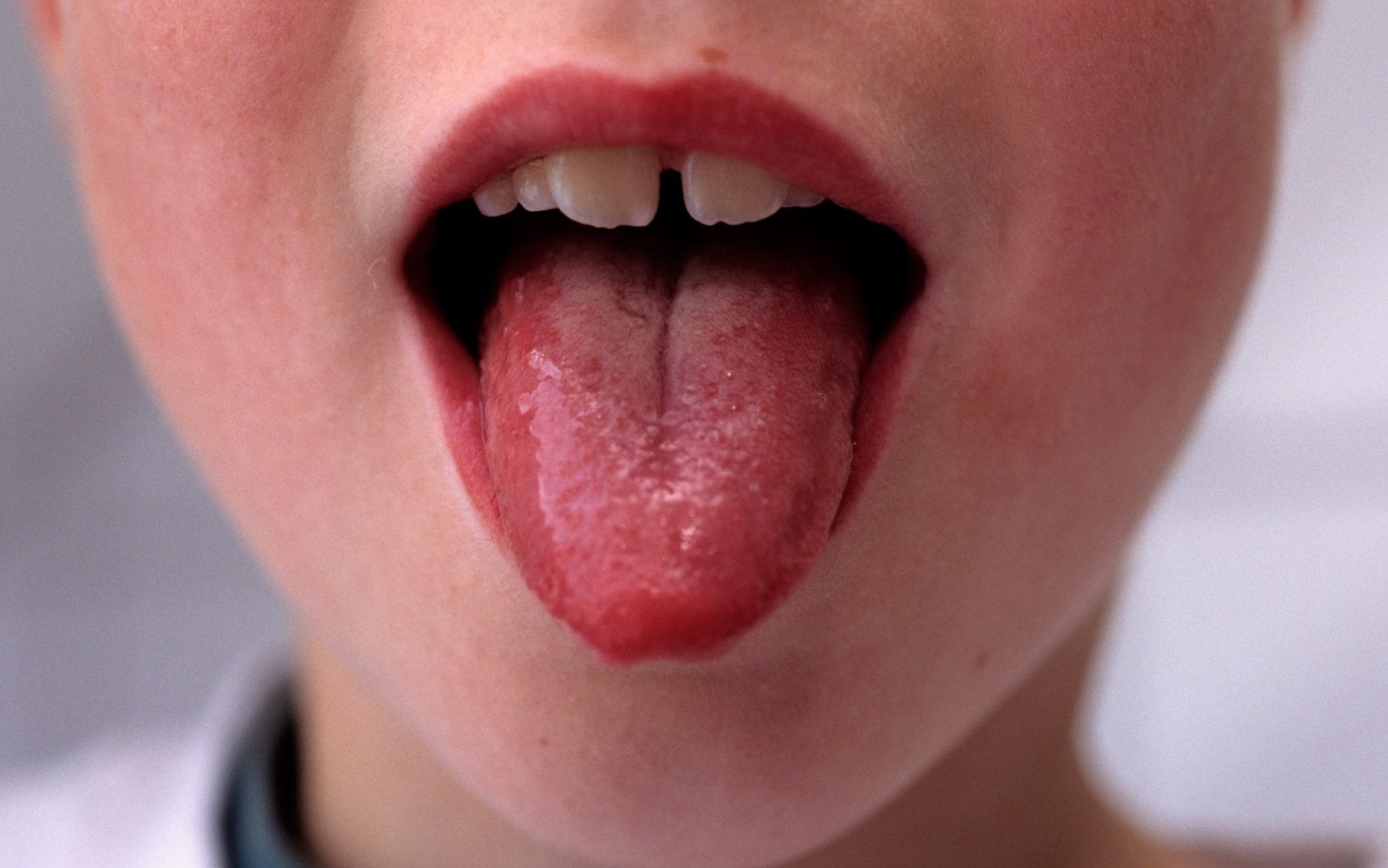Strep throat, also known as streptococcal pharyngitis, is a highly contagious bacterial infection that affects the throat and tonsils. The infection is caused by the streptococcus bacteria and is most commonly seen in children, but can also occur in adults. Strep throat can lead to serious complications if left untreated, making it important to be aware of the symptoms and treatment options for this condition.
Symptoms of Strep Throat
Strep throat typically presents with a sore throat that is severe and sudden in onset. Other symptoms that may be present include:
-Painful swallowing -Fever -Swollen and red tonsils -Swollen lymph nodes in the neck -White or yellow spots on the tonsils -Headache -Nausea -Vomiting -Rash
In some cases, people with strep throat may not have any symptoms, making it difficult to diagnose the condition. In these cases, a doctor will typically perform a rapid strep test or a throat culture to confirm the diagnosis.
Treatment for Strep Throat
Strep throat is typically treated with antibiotics, specifically penicillin or amoxicillin. These antibiotics are highly effective in treating the streptococcus bacteria and can shorten the duration of the infection. The antibiotics are usually prescribed for 10 days, and it is important to take them for the full course of treatment to ensure that the infection is fully cleared.
In addition to antibiotics, over-the-counter pain relievers such as ibuprofen or acetaminophen can help to alleviate the pain and fever associated with strep throat. It is also important to drink plenty of fluids to stay hydrated and to get plenty of rest to help the body fight off the infection.
In some cases, doctors may also recommend using a throat spray or lozenges to help soothe the sore throat and make it easier to swallow. These products typically contain a numbing agent such as benzocaine or lidocaine, which can provide temporary relief from the pain and discomfort associated with strep throat.
Preventing Strep Throat
The best way to prevent the spread of strep throat is to practice good hygiene. This includes washing your hands frequently, especially after coming into contact with someone who has strep throat or after touching shared surfaces such as doorknobs or computer keyboards.
It is also important to avoid close contact with someone who has strep throat, and to avoid sharing personal items such as drinking glasses or eating utensils. If you do get strep throat, it is important to stay home until you have been on antibiotics for at least 24 hours to avoid spreading the infection to others.
Conclusion
Strep throat is a highly contagious bacterial infection that affects the throat and tonsils. It is caused by the streptococcus bacteria and is most commonly seen in children, but can also occur in adults. Symptoms of strep throat include a severe sore throat, fever, swollen and red tonsils, and swollen lymph nodes in the neck.
Treatment for strep throat typically includes antibiotics, over-the-counter pain relievers, and rest. It is important to take antibiotics for the full course of treatment to ensure that the infection is fully cleared. To prevent the spread of strep throat, it is important to practice good hygiene and avoid close contact with someone who has the infection. If you do get strep throat, it is important to stay home until you have been on antibiotics for at least 24 hours to avoid spreading the infection to others.

 Home
Home Health
Health Diet & Nutrition
Diet & Nutrition Living Well
Living Well More
More












